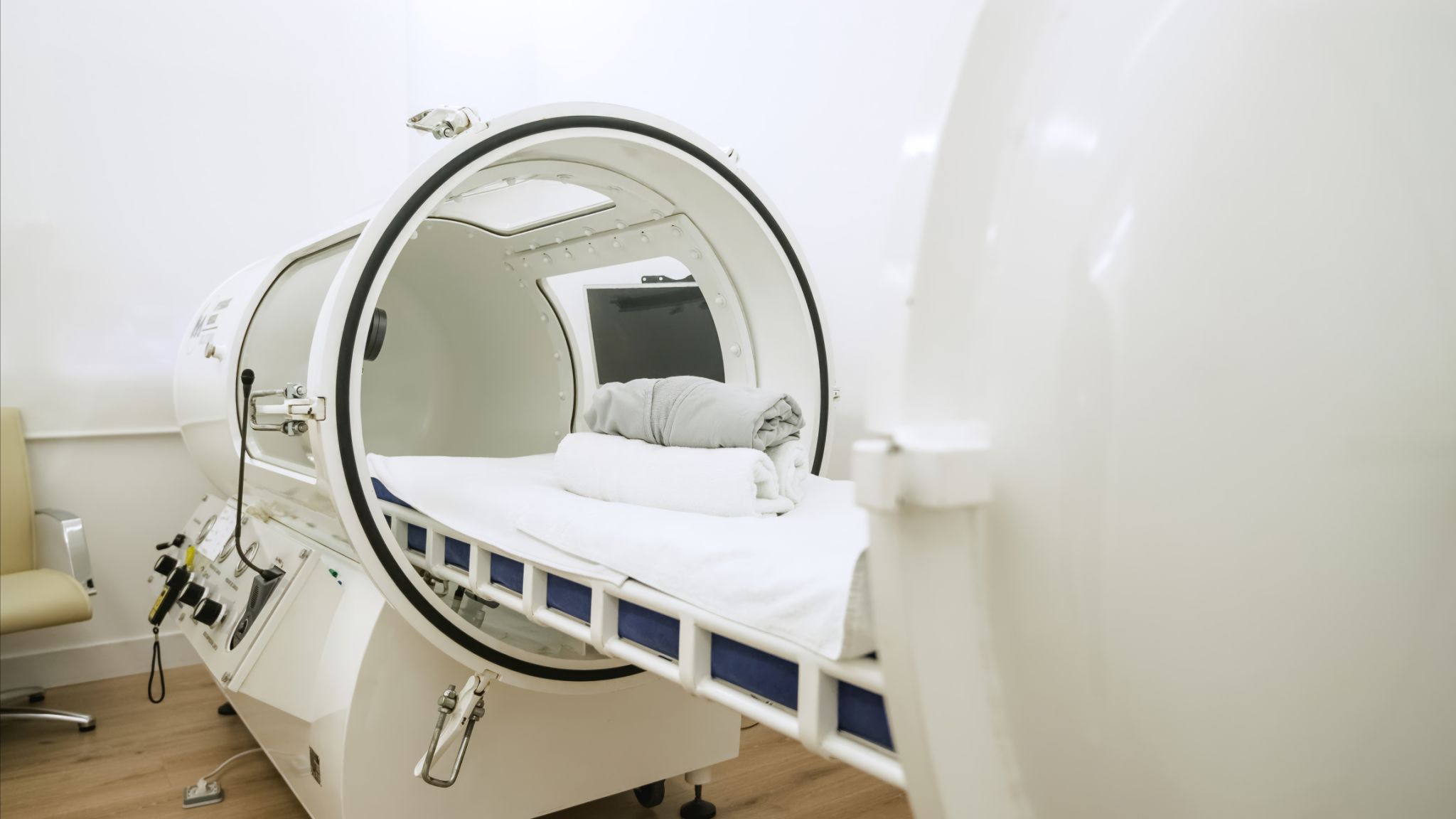Hyperbaric Oxygen Therapy: Common Misconceptions Debunked
Understanding Hyperbaric Oxygen Therapy
Hyperbaric Oxygen Therapy (HBOT) is a treatment that involves breathing pure oxygen in a pressurized room or chamber. Originally developed to treat decompression sickness in divers, it has since been recognized for its potential to aid in various medical conditions. However, there are many misconceptions surrounding HBOT that can lead to confusion. This post aims to debunk some of these common myths.

Misconception 1: HBOT is Only for Diving Accidents
One of the most prevalent misconceptions is that HBOT is exclusively used for treating diving-related issues. In reality, this therapy has a wide range of applications. It is used to treat conditions such as carbon monoxide poisoning, non-healing wounds, and even chronic infections. The therapy works by enhancing the body's natural healing processes through increased oxygen delivery.
Additionally, it has gained attention in the treatment of neurological conditions like traumatic brain injuries and strokes. While more research is needed to fully understand its efficacy in these areas, initial studies have shown promising results. This broad application underscores the versatility and potential of HBOT in modern medicine.
Misconception 2: HBOT is Painful or Uncomfortable
Another common myth is that HBOT is a painful or uncomfortable experience. Most patients report feeling a sensation similar to what you might experience during a plane takeoff or landing, as the pressure changes in the chamber. This sensation is typically mild and can be alleviated by swallowing or yawning.

Inside the chamber, patients can relax, watch TV, or even take a nap during the session, which usually lasts between 30 minutes to two hours. The environment is designed to be as comfortable as possible to ensure a positive experience.
Misconception 3: HBOT Has Immediate Results
Some people expect immediate results after a single HBOT session, but this is rarely the case. The therapy usually requires multiple sessions to achieve desired outcomes, depending on the condition being treated. For chronic issues, a series of treatments might be necessary to see significant improvements.
- Initial consultation with a healthcare provider is essential.
- A tailored treatment plan will be designed based on individual needs.
- Progress is monitored throughout the therapy course.

Misconception 4: HBOT is Harmful or Unsafe
Safety concerns often arise around HBOT due to misconceptions about oxygen toxicity and pressure levels. However, when conducted under professional supervision and at recommended pressure levels, HBOT is generally safe. Facilities offering this treatment adhere to strict safety protocols to ensure patient well-being.
The therapy's risks are minimal and are often outweighed by the benefits it provides for specific medical conditions. It’s crucial for patients to discuss any concerns with their healthcare providers before starting treatment.
The Bottom Line
Hyperbaric Oxygen Therapy offers a unique approach to healing by leveraging increased oxygen levels in the body. While misconceptions abound, understanding the facts can help patients make informed decisions about their treatment options. As research continues to expand, the full potential of HBOT in various medical fields becomes increasingly evident.